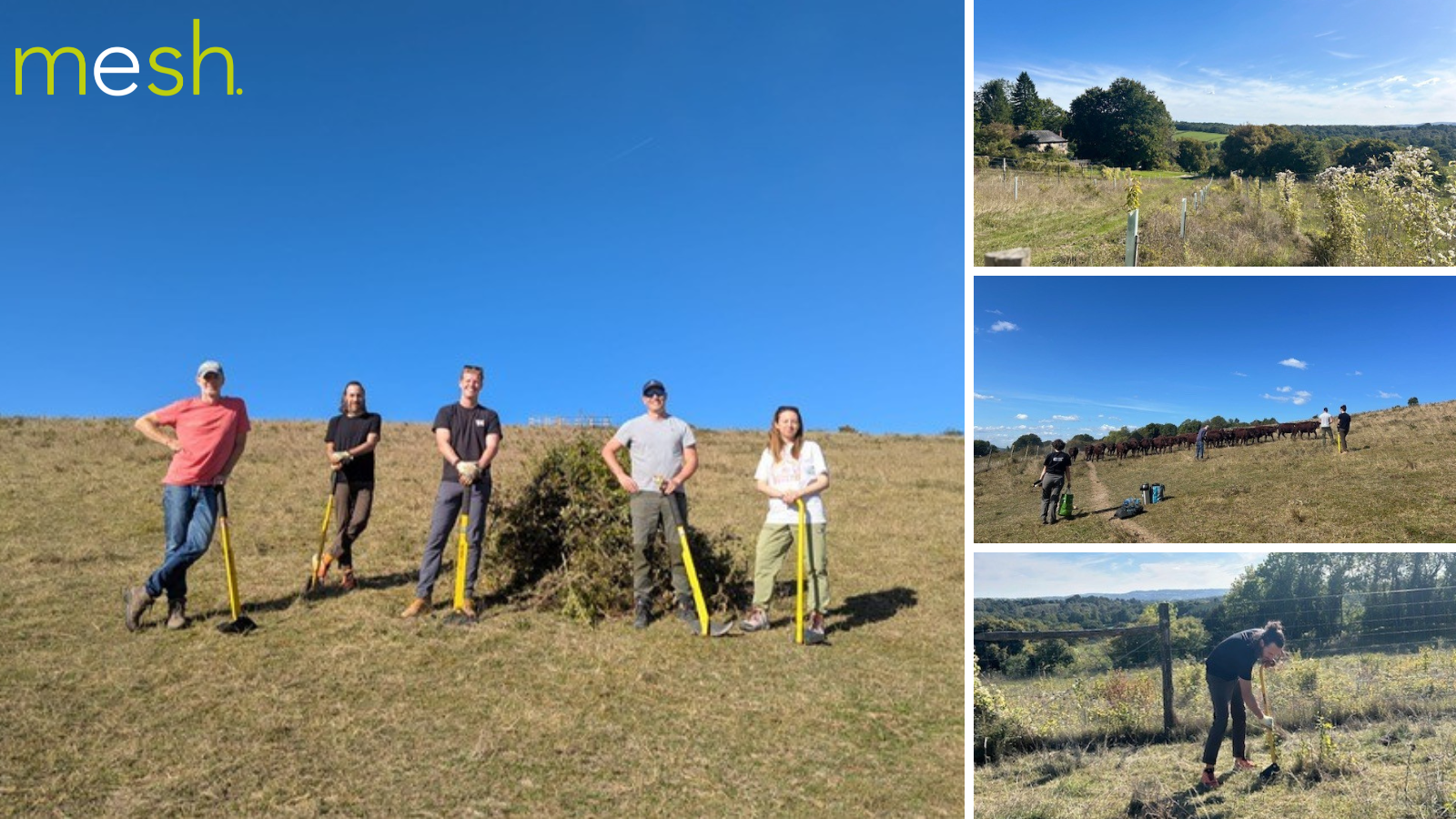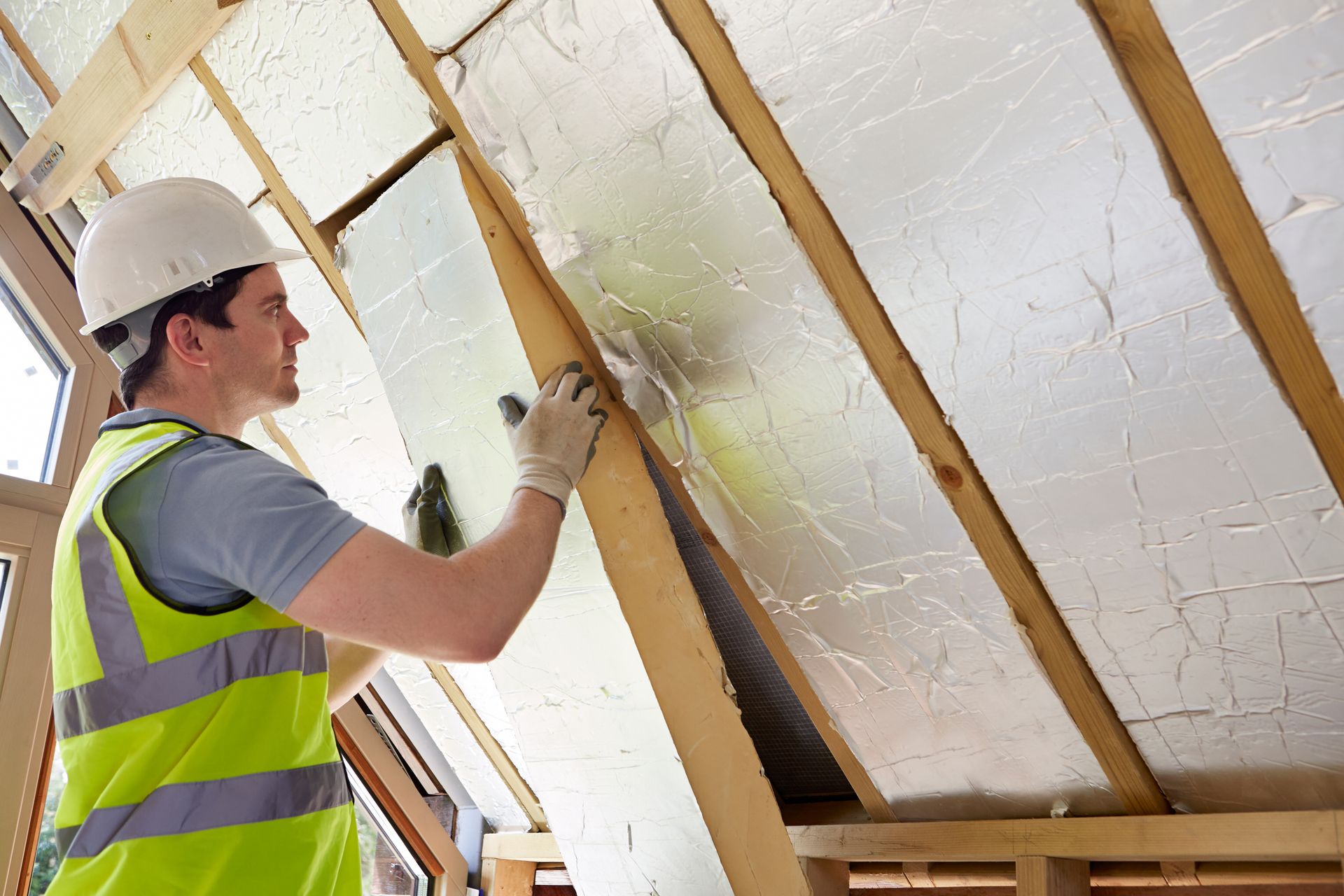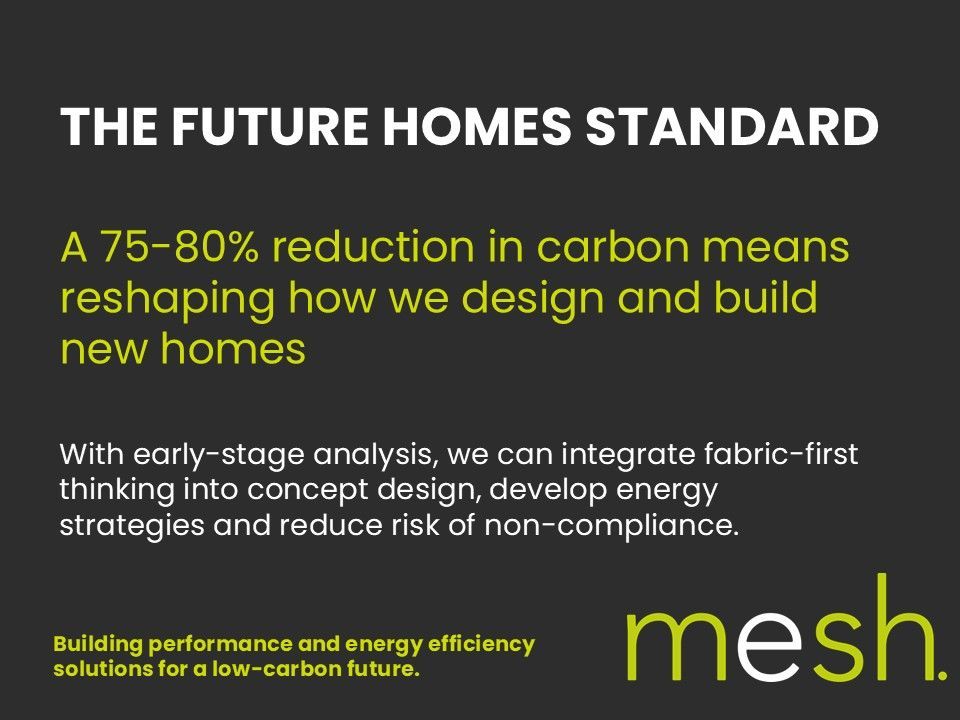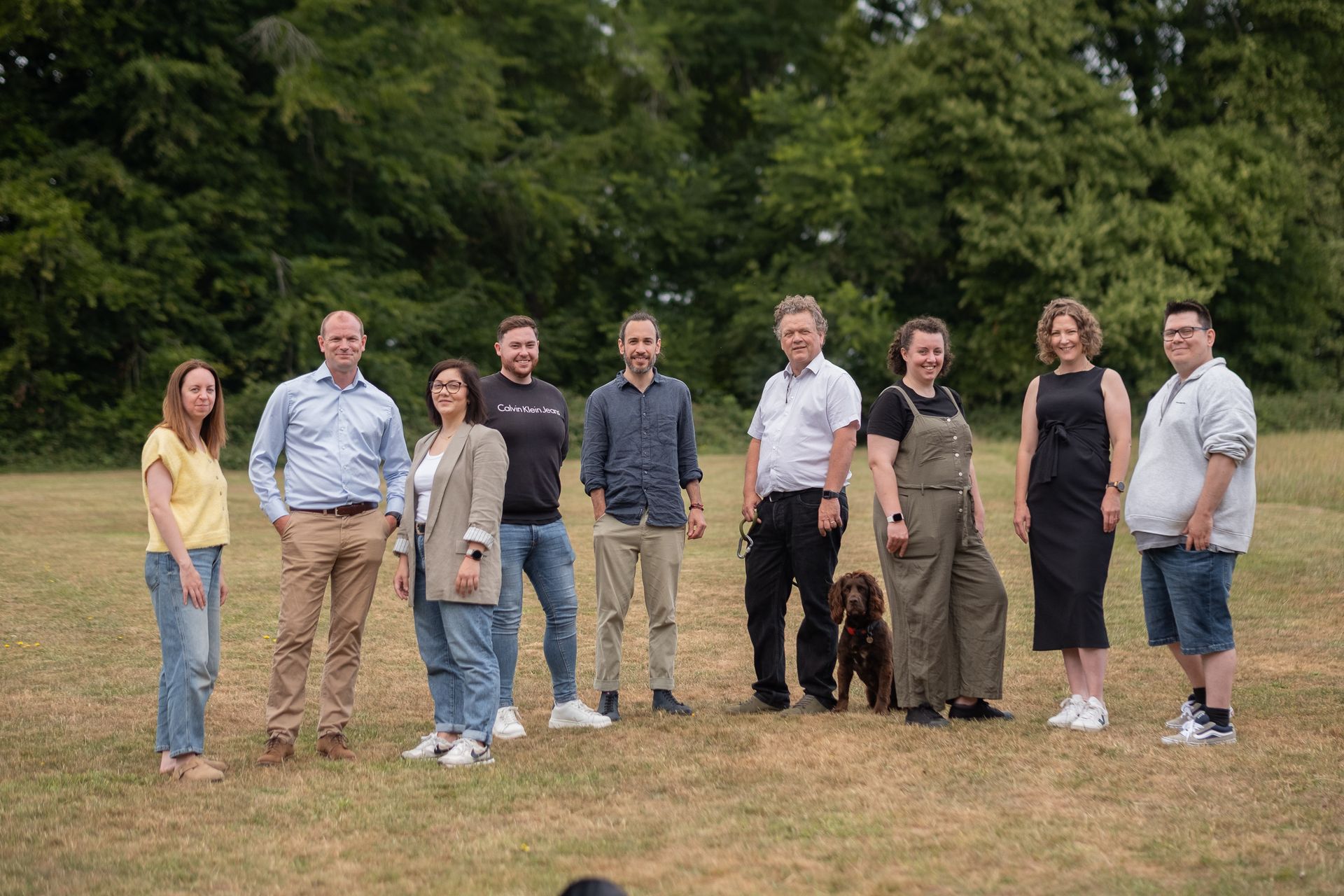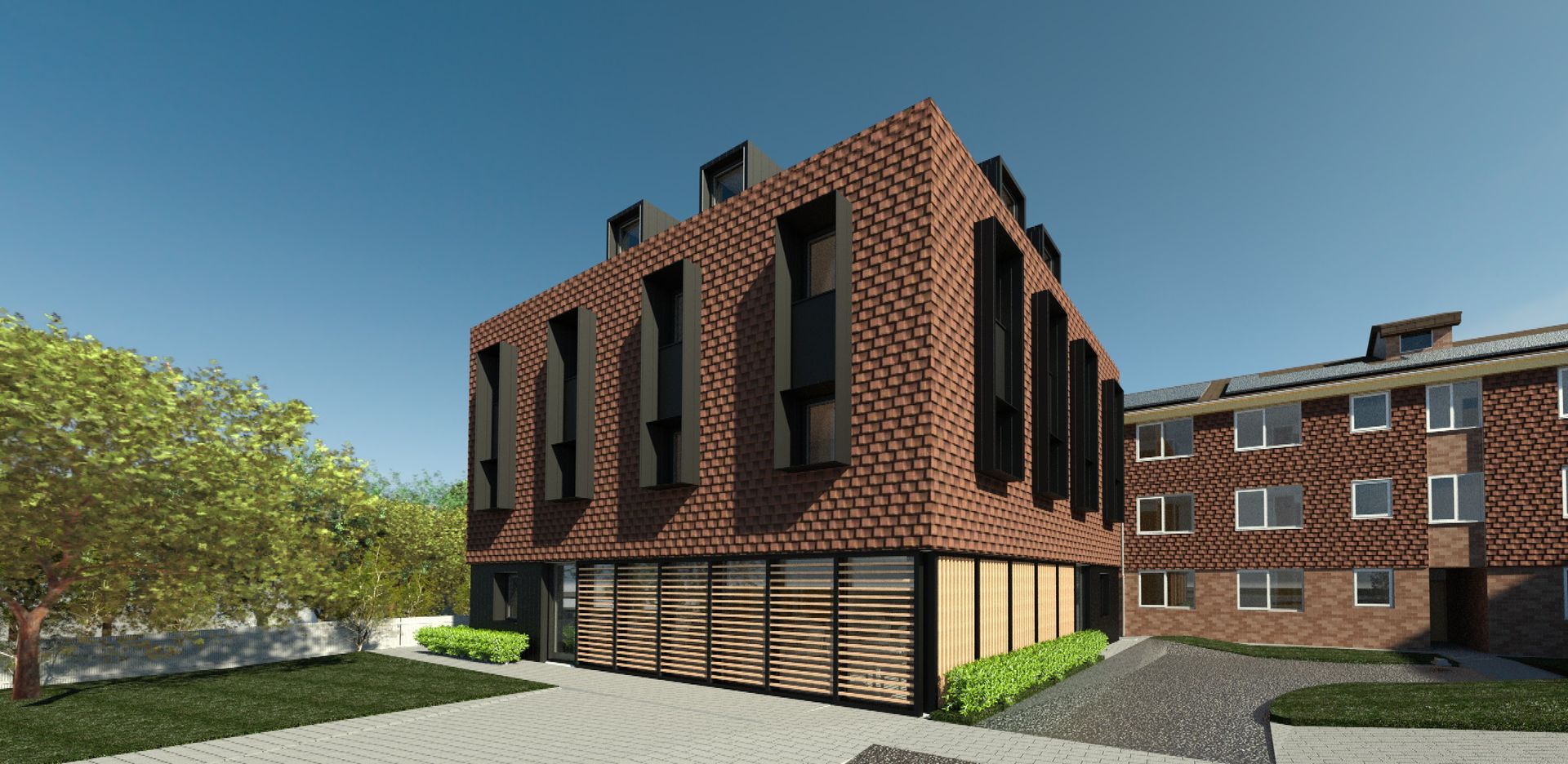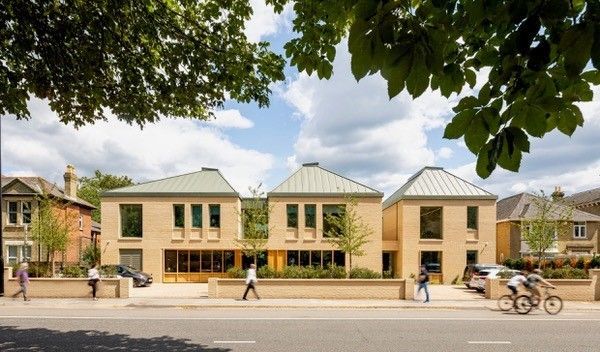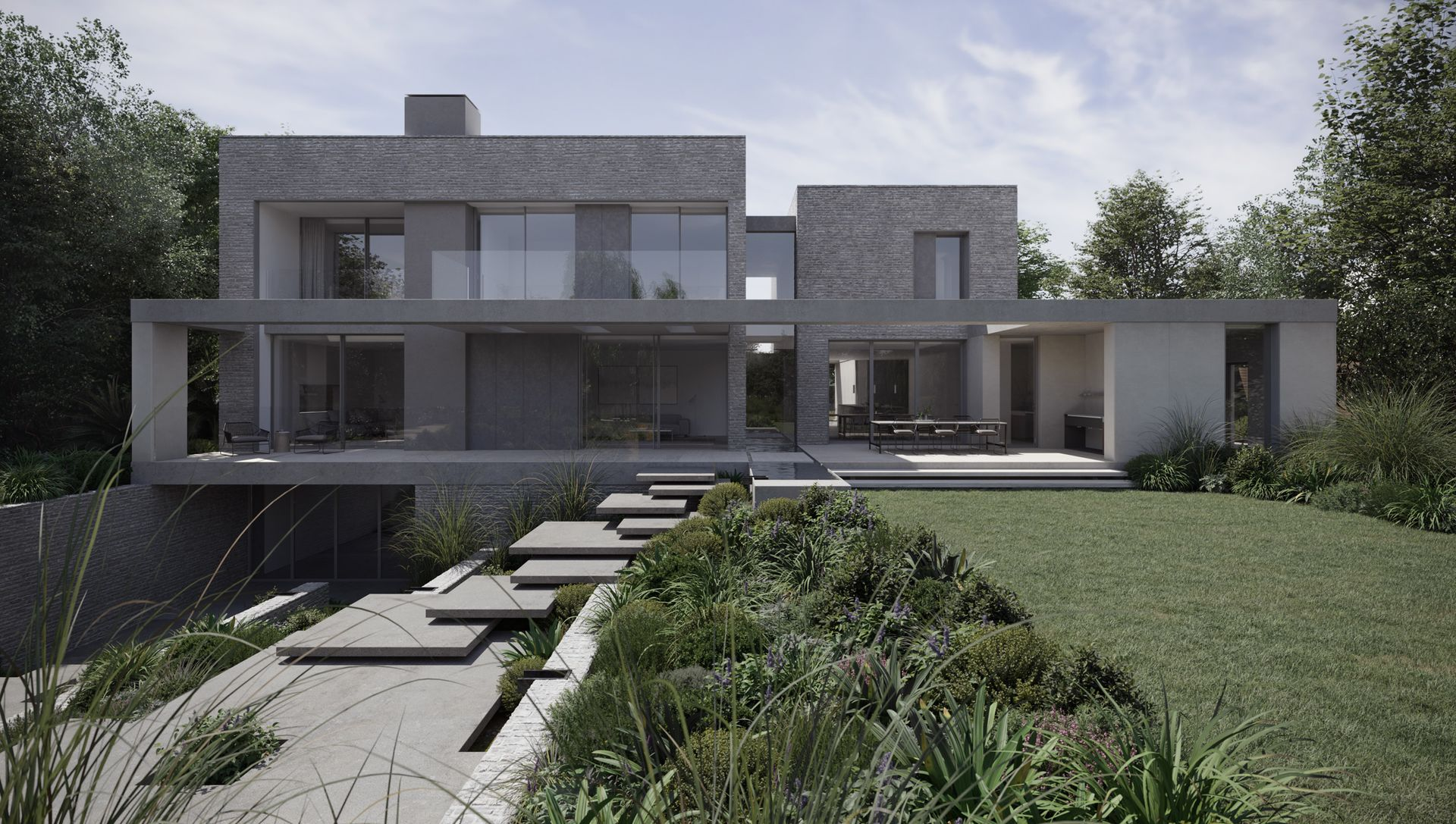Low energy building design: What are the core principles?
As the world becomes more conscious of the environmental impact of the built environment, low energy building design is gaining traction. Traditionally, buildings consume a significant amount of energy, and their carbon footprint is a major contributor to global warming. Low energy building design aims to minimise energy consumption and promote sustainability, so what are the core principles of low energy building design?
1. Efficient Building Fabric
Fabric first! Efficient insulation is the first principle of low energy building design. A well-insulated building will have a much lower heating requirement, saving money for the occupant as well as reducing the cost of the heating plant installed. Building designers should aim to improve on building regulations’ u-values wherever possible.
Windows and doors should also be considered as they are usually the weakest points in a building's envelope, allowing heat to escape and cold air to enter. Double or triple-glazed windows with low-emissivity coatings and insulated frames help to minimise heat loss.
2. Air tightness
Air tightness is a critical consideration in low energy buildings. Air leaks can cause significant energy losses and negatively impact the indoor air quality. A building with poor air tightness can result in higher energy consumption, discomfort and higher energy bills. It is essential to conduct air tightness testing during the construction process to identify and rectify air leaks before the building is occupied.
3. Passive solar design
Passive solar design is an approach that utilises the sun's energy for heating during the winter months. To avoid overheating in the summer, care must be taken to limit solar gains during that time. This involves the strategic placement of windows and the use of materials that absorb and store heat.
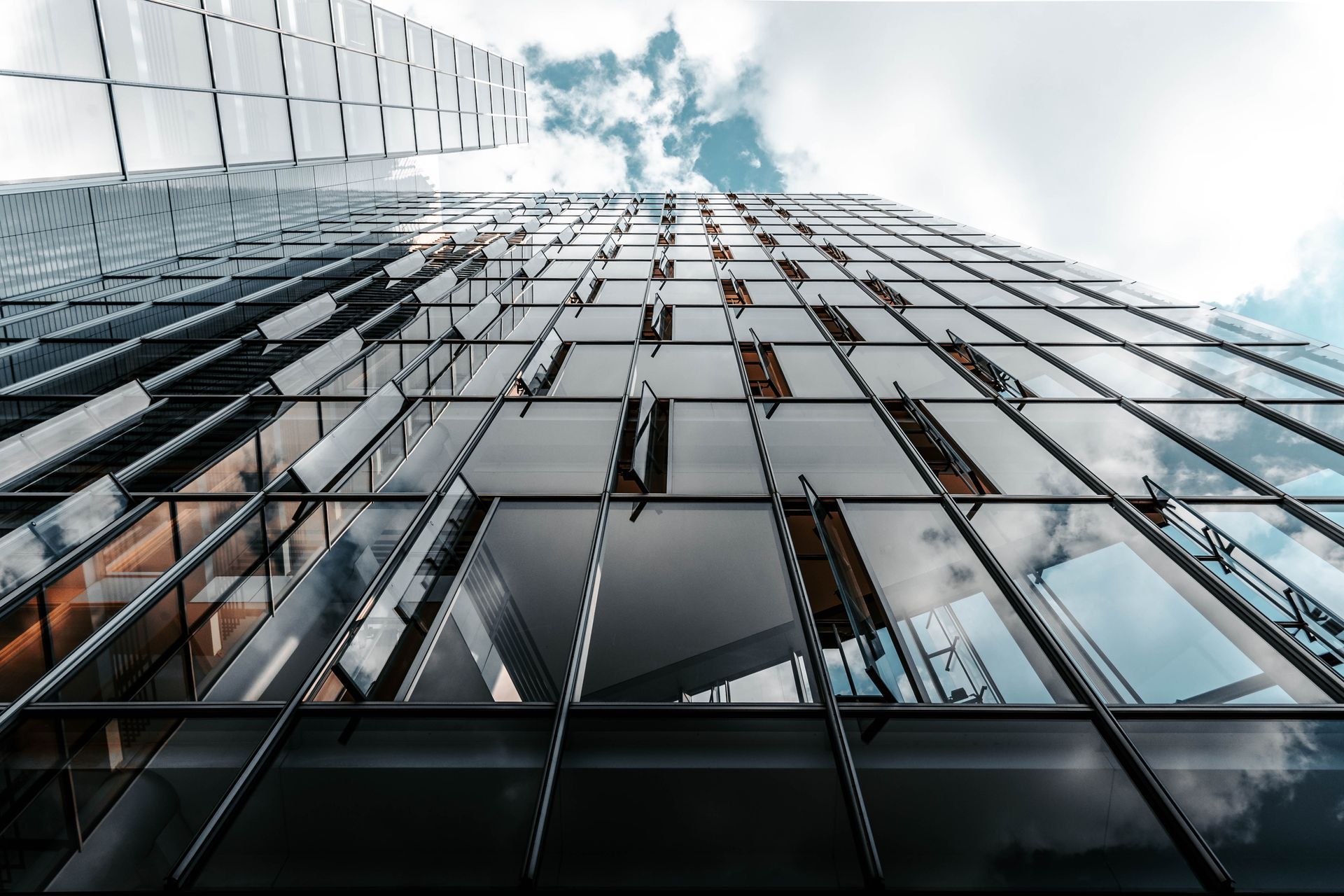
4. Low flow temperature heating systems
Regardless of the heating system you install, you can set yourself up for success by ensuring that the central heating is configured to allow for low flow temperatures. Ground source heat pumps, air source heat pumps, and to a lesser extent, gas boilers, all run most efficiently at lower flow temperatures. Planning for an UFH system with a flow temperature of 35-40ºC will ensure the best future options for your new home.
5. Renewable energy sources
In the UK, the most commonly used and economically viable renewable energy sources are solar PV and ASHP. For heating, ASHPs and GSHPs are viable and commonly-used options. GSHPs operate most efficiently, however, due to their high installation costs they only tend to be economically competitive for larger properties.
Solar PV can be utilised to generate electricity and reduce the need for purchasing from the grid. We find that these systems typically pay back in six years, making them a good option for most new and existing properties.
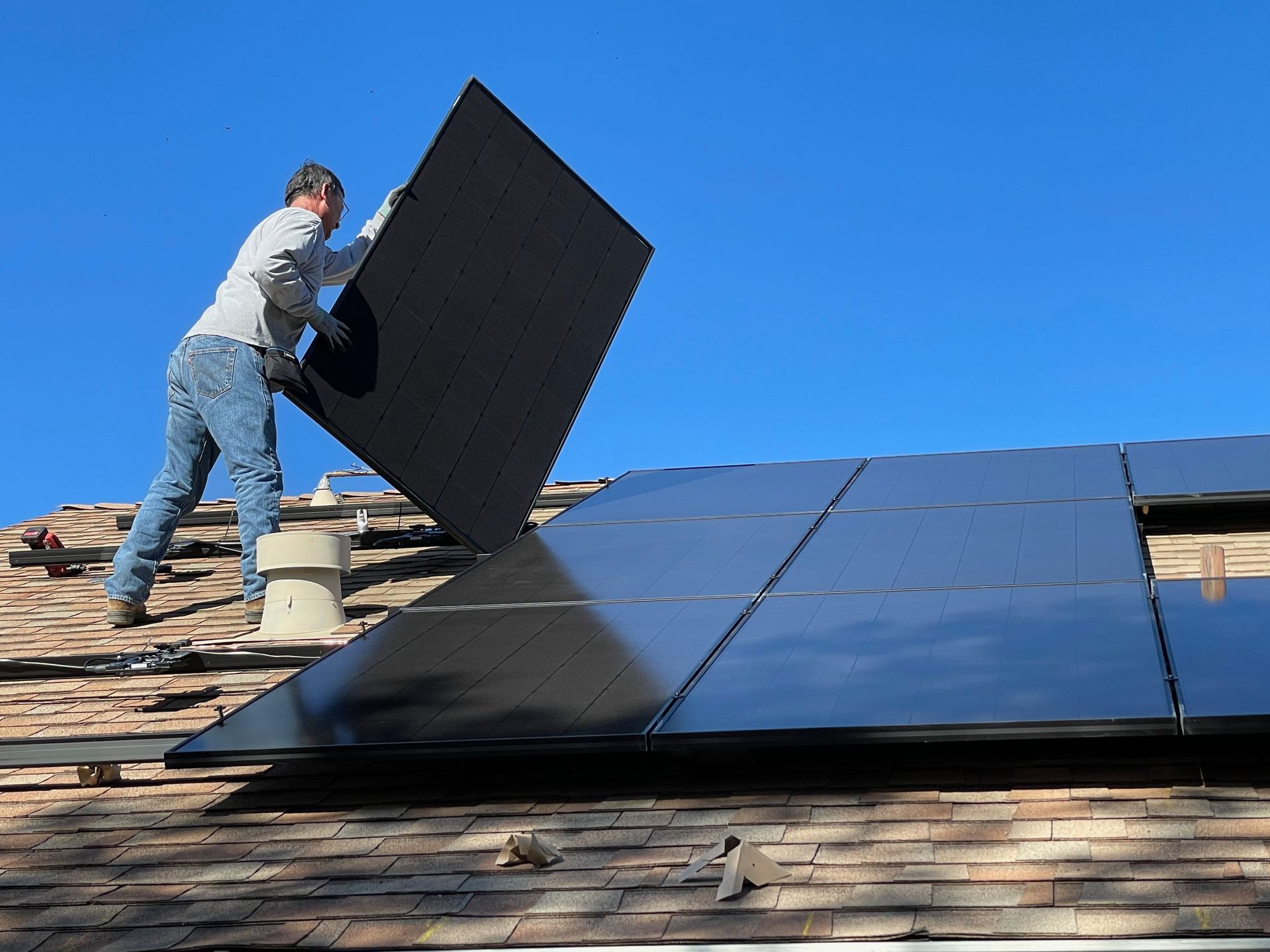
In conclusion, low energy building design is a holistic approach that integrates several principles to minimise energy consumption and promote sustainability. Efficient insulation, high levels of air tightness, passive solar design, low temperature heating, and renewable energy sources are some of the core principles.
As architects and homeowners, understanding these principles is essential to creating buildings that are both sustainable and energy-efficient. Mesh can support your design by helping you to optimise the solutions installed for your project and gain some early-stage insight into the likely capital and running costs for your preferred solutions. We can also support at the technical design stage and beyond to ensure all your systems work seamlessly together.
SHARE THIS POST WITH YOUR NETWORK


